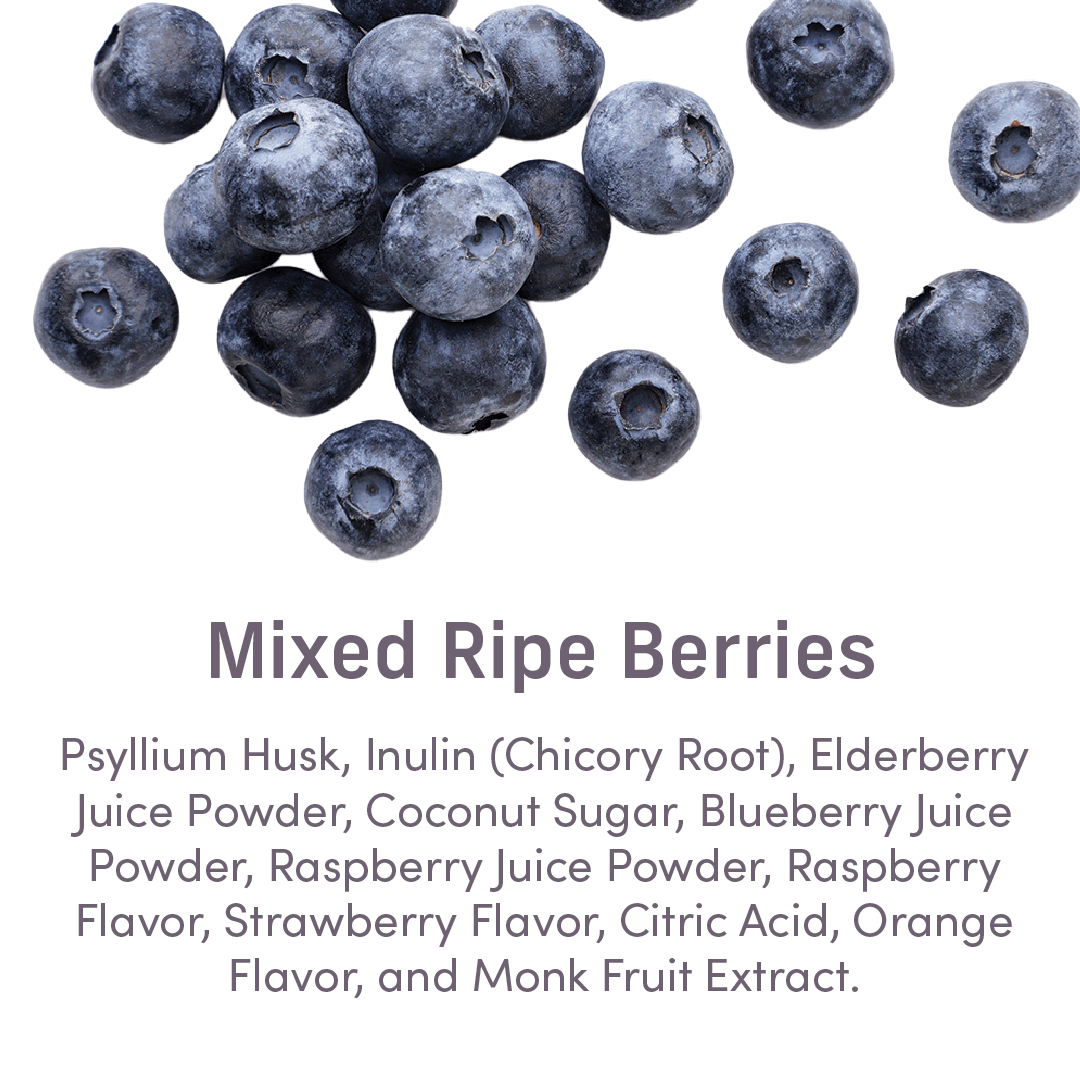There is a widening fiber gap in the United States, and it’s time we talk more about it. 95% of Americans are not getting enough fiber. That’s probably you reading this. It’s sad because fiber is amazing for you and does even more than just helping you poop. Read on to learn more and how you can close the fiber gap.
What is the Fiber Gap?

CBS / Via media.giphy.com
So what exactly is a fiber gap? This gap is the difference between how much fiber we should get daily and how much fiber we actually get. The USDA recommends that men get 38 grams of daily dietary fiber a day and women 25 grams a day. The typical fiber intake of Americans is around 15 grams. And there is the gap.
So how do we solve this fiber gap? It’s pretty straightforward - prioritize getting more daily fiber by eating fiber-rich foods and help from fiber supplements like Bonny.
Why Do We Have This Gap?
To understand the fiber gap, let's go back, way back, to paleolithic times.
Our hunter-gatherer ancestors had a diverse gut microbiome. They were healthier than most of us today because they had access to and ate a variety of foods, and all that hunting and gathering was the original CrossFit workout making them physically fit, compared to today’s more seated lifestyles (sitting down at the desk, in a car, lounging on the couch, etc.)
Our hunter-gatherer ancestors also used to get a lot more fiber than we currently do. A study shows that our ancestors' estimated fiber intake is around 100-150 grams of fiber, which is 10x greater than the typical fiber intake of Americans of around 15 grams!
Why We Should Care About the Fiber Gap
Our gut loves fiber! It keeps it healthy. Gut health is crucial because 70% of our immune system is located in our gut. Our gut contains microbes, (bacteria, fungi, and viruses, collectively called the microbiome) that are good for the body and a healthy microbiome equates to a healthy body.
So where is fiber in the picture then? Well, when we eat foods high in fiber, it acts as a broom cleaning out the linings of the digestive system so that the body can absorb the nutrients needed for a healthier gut. Prebiotic fiber also acts as a source of food for the good bacteria in our gut (aka probiotics). (Need more info on pre and pro-biotics. Check out our blog post here.)
Fiber has many functions for our body’s health, including making sure that wastes exist smoothly outside the body, and addressing digestive issues like constipation, bloating, regulating blood sugar levels, and lowering cholesterol. In fact, we have all the proof of fiber goodness here.
What are the Different Types of fiber?

Via media.giphy.com
There are soluble and Insoluble fibers and no need to choose one over the other because both of them are good for you.
Soluble fiber dissolves in water and transforms into a gel-like substance and helps us to feel full. This is great for those who are managing their weight. Great sources of soluble fiber are avocados, sweet potatoes, pear, kidney beans, carrots, and apples.
Insoluble fiber remains as is in the gut. This fiber bulks up the stool to make a smoother pass from the body to the toilet. Examples of insoluble fiber to add to your diet are nuts, whole-wheat flour, wheat bran, cauliflower, and green beans.
We get it. It’s hard to get enough fiber through diet alone. But the good news is, there are other ways to add fiber to your diet to fill in the fiber gap and this is where Bonny comes in.
Bonny Fills the Fiber Gap
Bonny is a prebiotic fiber powder that tastes great and helps you hit your daily fiber numbers. Bonny contains psyllium husk and inulin, both excellent sources of soluble fiber, and is vegan, gluten-free, and plant-based.
What makes it more exciting is fiber has never tasted this good and you won’t even realize that you’re actually drinking fiber. Bonny comes in amazing flavors like Apple Pie, Mixed Ripe Berries, and Super Strawberry. A tablespoon of Bonny powder popped in a glass of cool water already helps you get added grams of the recommended dietary fiber.
As always, we wish you pleasant poops!




